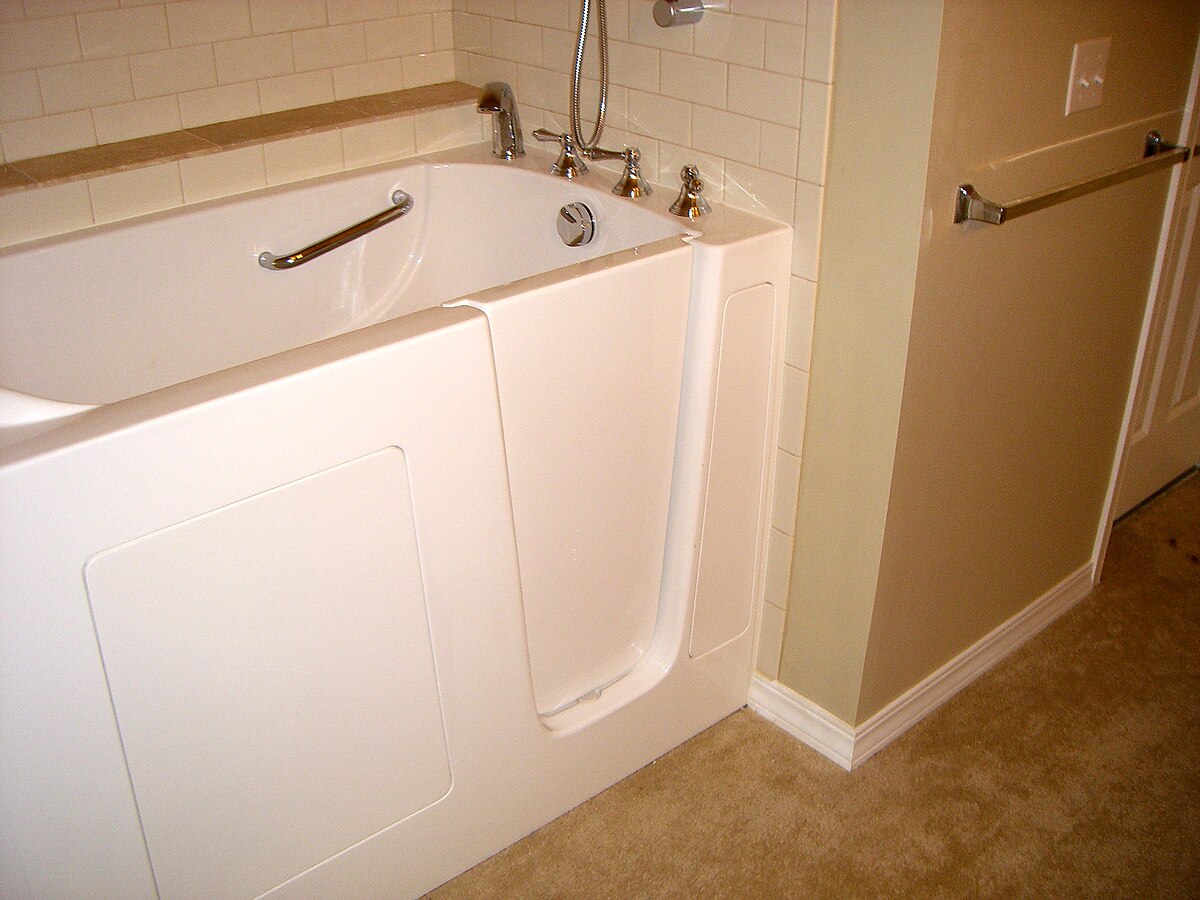Walk-In Showers: Enhancing Safety and Accessibility for Seniors
Walk-in showers have become increasingly popular in recent years, especially among seniors and those with mobility challenges. These innovative bathroom fixtures offer a blend of safety, convenience, and style, making them an attractive option for many homeowners. Let's explore the benefits and features of walk-in showers, with a focus on how they can improve the lives of elderly individuals.
Another significant benefit is the increased accessibility. With their open design and low or no threshold, walk-in showers make it easier for individuals using wheelchairs or walkers to enter and exit the shower area. This independence can greatly improve a senior’s quality of life and maintain their dignity in their daily routines.
How can walk-in showers be customized for elderly users?
Customization is key when it comes to creating the perfect walk-in shower for seniors. Many options are available to tailor the shower to an individual’s specific needs. For example, adjustable or handheld showerheads allow for greater flexibility in water direction, making it easier for those with limited mobility to rinse thoroughly.
Built-in seating is another popular feature, providing a safe and comfortable place to rest while showering. These seats can be folding or permanent, depending on the user’s preferences and space constraints. Additionally, grab bars can be strategically placed throughout the shower area to provide support and stability.
Lighting is also an important consideration. Bright, even illumination can help prevent accidents and make the shower more user-friendly for those with vision impairments. Some walk-in showers even incorporate anti-fog mirrors and magnifying panels to assist with grooming tasks.
What safety features should be considered in a walk-in shower?
When designing a walk-in shower for seniors, safety should be the top priority. One of the most crucial features is non-slip flooring. Textured tiles or specially designed non-slip surfaces can significantly reduce the risk of slipping on wet floors. It’s also important to ensure proper drainage to prevent water from pooling on the shower floor.
Grab bars are another essential safety feature. These should be installed at various heights and locations within the shower to provide support for entering, exiting, and moving around. Look for grab bars that can support the user’s weight and are securely anchored to the wall.
Temperature control is also vital for preventing scalding. Thermostatic mixing valves can maintain a consistent water temperature, protecting users from sudden temperature fluctuations. Additionally, clearly marked, easy-to-use controls can help seniors adjust the water flow and temperature with minimal effort.
How do walk-in showers compare to traditional bathtubs in terms of bathroom safety?
When it comes to bathroom safety for seniors, walk-in showers generally offer significant advantages over traditional bathtubs. The primary difference lies in the ease of entry and exit. While bathtubs require stepping over a high edge, which can be challenging and dangerous for those with limited mobility, walk-in showers feature a low or no threshold, greatly reducing the risk of tripping or falling.
Walk-in showers also provide more space for movement and the potential for wheelchair accessibility, which is not typically possible with standard bathtubs. This extra room allows for easier maneuvering and can accommodate a caregiver if assistance is needed.
Furthermore, the open design of walk-in showers often creates a sense of spaciousness in the bathroom, which can be beneficial for those who experience claustrophobia or anxiety in enclosed spaces. This openness also makes it easier for caregivers to assist with bathing when necessary.
What are the costs associated with installing a walk-in shower?
The cost of installing a walk-in shower can vary widely depending on factors such as size, materials, customization, and labor costs in your area. Here’s a general overview of potential costs:
| Type of Installation | Average Cost Range | Features |
|---|---|---|
| Basic Prefab Unit | $1,500 - $5,000 | Standard size, basic features |
| Custom Tile Shower | $8,000 - $15,000 | Custom size, high-end materials |
| Luxury Walk-In Shower | $15,000 - $25,000+ | Premium materials, extensive customization |
Prices, rates, or cost estimates mentioned in this article are based on the latest available information but may change over time. Independent research is advised before making financial decisions.
It’s important to note that while the initial cost may seem high, a walk-in shower can be viewed as an investment in safety and independence. Many homeowners find that the benefits outweigh the costs, especially when considering the potential expenses associated with accidents or the need for assisted living facilities.
Additionally, some insurance plans or government programs may offer assistance for bathroom modifications that improve safety for seniors. It’s worth exploring these options to potentially offset some of the installation costs.
In conclusion, walk-in showers offer a safe, accessible, and customizable bathing solution for seniors and individuals with mobility challenges. By incorporating key safety features and thoughtful design elements, these showers can significantly enhance the bathing experience while promoting independence and peace of mind. While the initial investment may be substantial, the long-term benefits in terms of safety, accessibility, and quality of life make walk-in showers a worthwhile consideration for many older adults and their families.







